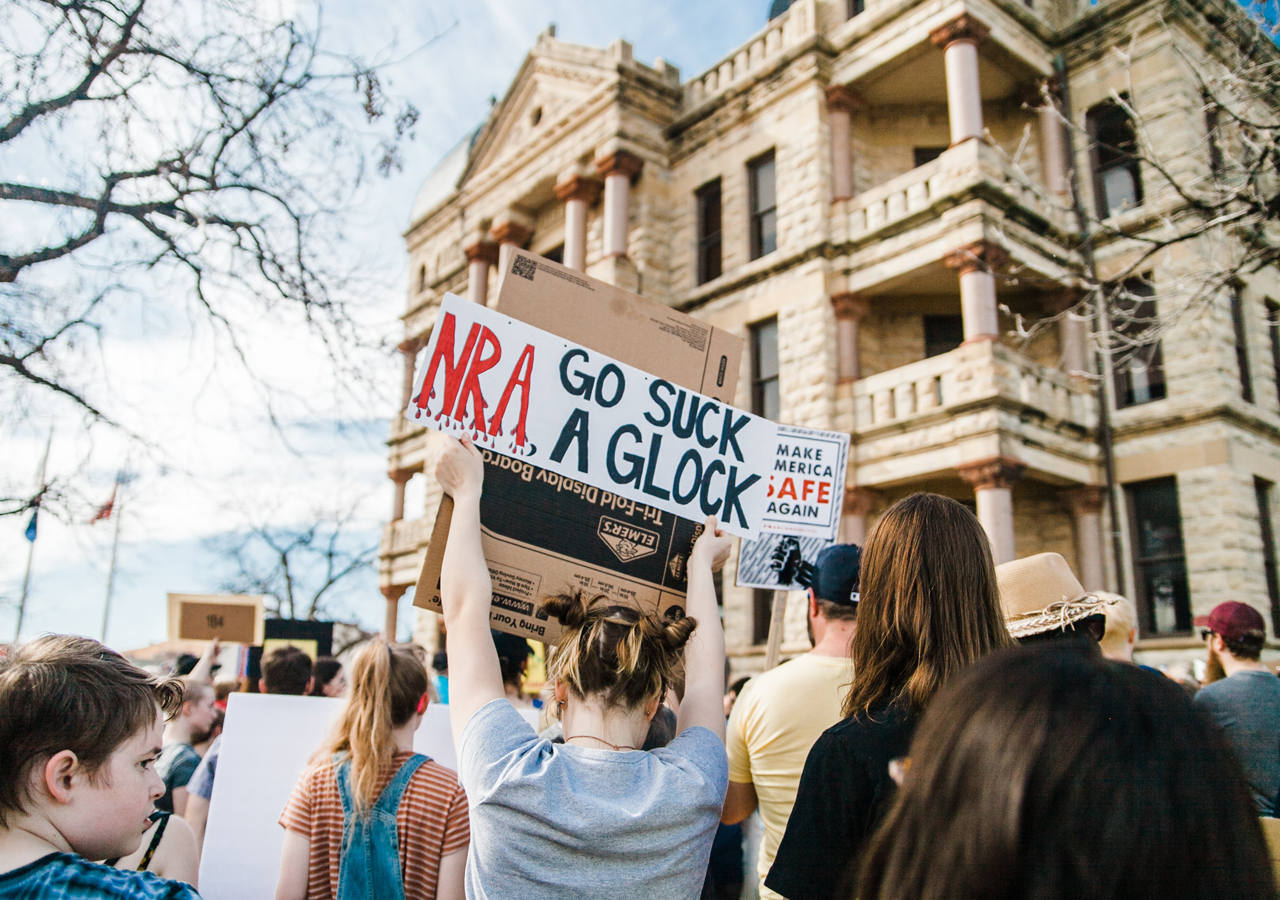
In professional interactions, few moments carry as much weight as the first impression made during a job interview. This initial encounter serves as the gateway to potential employment and can significantly influence the trajectory of one’s career. The significance of first impressions lies in their immediacy and lasting impact, as they shape perceptions that can endure throughout the employment relationship. Understanding the dynamics of first impressions in a job interview is crucial for job seekers and employers.
The Importance of First Impressions:
First impressions are formed within seconds of meeting someone, and job interviews are no exception. Research indicates that individuals make judgments about others based on non-verbal cues, such as body language, facial expressions, and attire, long before any substantive conversation takes place. In a job interview, where the stakes are high and competition is fierce, the importance of leaving a positive first impression cannot be overstated.
Body Language and Professionalism:
Non-verbal communication is a powerful tool in the arsenal of job seekers aiming to make a favorable impression. Maintaining eye contact, offering a firm handshake, and adopting an upright posture convey confidence and professionalism. Conversely, fidgeting, avoiding eye contact, or displaying a lack of engagement can create an unfavorable image. Job candidates should be mindful of their body language, which can speak volumes about their suitability for a position.
Attire and Personal Presentation:
The adage “dress for success” holds in the context of job interviews. A candidate’s attire visually represents their respect for the interviewing process and the company. A well-groomed appearance and appropriate clothing signal an understanding of professional norms and contribute to a positive first impression. Conversely, a messy or overly casual appearance may convey a lack of seriousness or professionalism. The adage “dress for success” encapsulates a fundamental truth in job interviews: attire and personal presentation significantly influence potential employers’ perceptions about a candidate. Making a positive first impression through one’s appearance cannot be overstated, as it sets the tone for the interview and reflects an individual’s understanding of professional norms. This blog delves into the multifaceted aspects of attire and personal presentation, exploring how these elements contribute to a candidate’s success in a job interview.
The Power of First Impressions:
In the competitive landscape of job interviews, first impressions are often formed within the first few seconds of meeting a candidate. Appearance is a visual resume offering a glimpse into a candidate’s professionalism, attention to detail, and understanding of corporate culture. Employers, consciously or subconsciously, interpret a candidate’s attire as a reflection of their commitment, competence, and suitability for the role.
Appropriate Attire for Different Industries:
The ideal interview outfit may vary across industries, but the overarching principle is to dress in a manner that aligns with the company’s culture and expectations. In conservative sectors such as finance or law, a classic business attire comprising a suit, tie, and polished shoes is often the norm. Conversely, creative fields may permit a more relaxed dress code, but candidates are still expected to present themselves in a polished and professional manner. Researching the company’s culture beforehand is essential for tailoring one’s attire to align with the organization’s values.
Attention to Detail:
Beyond the choice of clothing, attention to detail is a critical component of personal presentation. Wrinkled clothing, scuffed shoes, or unkempt hair can detract from an otherwise impressive resume and interview performance. Candidates must pay meticulous attention to grooming, ensuring that every aspect of their appearance reflects a commitment to excellence. Ironed clothing, well-groomed hair, and minimal accessories create a polished look that signals professionalism.
The Psychology of Color:
The color of one’s attire can also play a role in shaping perceptions. Conservative colors such as navy blue and charcoal gray convey a sense of reliability and authority. In contrast, subtle touches of color can add a dash of personality without being overly distracting. Understanding the psychological impact of colors can help candidates make intentional choices that align with the image they wish to project.
Cultural Sensitivity:
In an increasingly diverse and globalized workplace, candidates should be attuned to cultural considerations when selecting their interview attire. Different cultures may have distinct expectations regarding appropriate dress, and awareness of these nuances demonstrates cultural sensitivity. This awareness not only showcases respect for diversity but also positions the candidate as someone who can navigate and thrive in a multicultural environment.
Verbal Communication and Confidence:
While non-verbal cues are crucial, verbal communication is equally important in shaping first impressions. Clear and articulate expression and a confident tone enhance a candidate’s credibility. The ability to communicate effectively demonstrates competence and the potential for successful collaboration within a professional setting. Avoiding excessive jargon or overly informal language strikes a balance that resonates positively with interviewers. In the high-stakes arena of job interviews, effective verbal communication and confidence are indispensable tools that can make or break a candidate’s chances of success. The ability to articulate thoughts clearly, express ideas concisely, and exude confidence plays a pivotal role in shaping employers’ perception of a candidate. The following explores the symbiotic relationship between verbal communication and confidence in job interviews, emphasizing their collective impact on a candidate’s professional image and potential for success.
The Essence of Verbal Communication:
Verbal communication extends beyond mere words; it encompasses tone, pace, and clarity of expression. In a job interview, where the exchange of information is critical, effective verbal communication is the bridge that connects a candidate’s qualifications to the employer’s expectations. Articulating thoughts with precision, responding to questions thoughtfully, and actively listening demonstrate competence and the ability to collaborate effectively in a professional setting.
Clarity and Conciseness:
Clarity in verbal communication is paramount. Candidates should convey their thoughts straightforwardly, avoiding unnecessary jargon or ambiguity. Employers appreciate candidates who can distill complex ideas into clear, concise statements. This demonstrates a deep understanding of the subject matter and ensures that crucial information is communicated effectively, leaving a lasting positive impression.
Active Listening:
Verbal communication is a two-way street, and active listening is crucial. Candidates who attentively listen to questions, respond thoughtfully and engage in meaningful dialogue exhibit a level of interpersonal skill that is highly valued in the workplace. Active listening not only fosters better communication but also allows candidates to tailor their responses to the specific needs and expectations of the employer.
Confidence as a Catalyst:
Confidence is the silent force that underpins effective verbal communication. A confident demeanor instills trust in employers and conveys a sense of assuredness in one’s abilities. It is not about arrogance but rather a self-assured belief in one’s skills and qualifications. Confidence encourages employers to envision the candidate as an asset to the team, capable of handling challenges and contributing positively to the organization.
Overcoming Nervousness:
Nervousness is a common hurdle that can impede effective verbal communication and confidence in a job interview. Techniques such as deep breathing, positive visualization, and adequate preparation can help candidates manage anxiety and present themselves with poise. They embrace nervous energy as a natural part of the process, and reframing it as enthusiasm can transform jitters into a source of positive energy.
Non-Verbal Cues and Confidence:
Non-verbal cues like body language and eye contact are integral components of confident communication. Maintaining appropriate eye contact, adopting an open and upright posture, and employing gestures judiciously enhance a candidate’s overall presence. These non-verbal elements reinforce the verbal message and contribute to the perception of confidence and professionalism.
Preparation and Research:
A well-prepared candidate demonstrates dedication and interest in the position. Researching the company, its values, and the specific role one is interviewing allows for informed responses and thoughtful questions. This level of preparation showcases a candidate’s enthusiasm and helps establish a connection between their skills and the company’s needs, fostering a positive first impression.
Conclusion:
In the theater of job interviews, verbal communication, and confidence are star players that command attention and admiration. The ability to convey thoughts clearly, listen actively, and exude confidence creates a compelling narrative that sets candidates apart. Just as verbal communication is the vessel for sharing qualifications, confidence is the wind that propels that vessel forward, navigating employer expectations and leaving an indelible mark on the interviewers’ minds.
Mastering the art of verbal communication and confidence is not a one-time achievement but a continuous process of refinement and self-awareness. As candidates cultivate these skills, they enhance their prospects in job interviews and the broader landscape of professional interactions, positioning themselves as effective communicators and confident contributors to the workforce.
Attire and personal presentation are integral components of the intricate dance that is a job interview. A well-chosen outfit and meticulous attention to grooming and detail can elevate a candidate’s overall appeal and contribute to a positive first impression. The ability to align one’s appearance with the expectations of the industry and company demonstrates a nuanced understanding of professional norms and enhances the likelihood of success in securing the desired position.
In the dynamic and competitive world of job interviews, candidates must recognize the power of their visual presentation as a complementary force to their qualifications and skills. Dressing for success is not merely a superficial endeavor; it is a strategic investment in one’s professional image and a key determinant of success in pursuing career opportunities.
In the competitive landscape of job interviews, first impressions serve as the foundation upon which a candidate’s success is built. Job seekers must recognize the significance of non-verbal cues, personal presentation, and effective communication in creating a positive and lasting image. Conversely, employers should be attuned to the complexities of human judgment, understanding that snap decisions can influence hiring decisions.
By appreciating the power of first impressions, job candidates and employers can contribute to a more effective and insightful hiring process. A well-crafted first impression can open doors to new opportunities, making it a pivotal factor in the dynamic dance between job seekers and prospective employers.
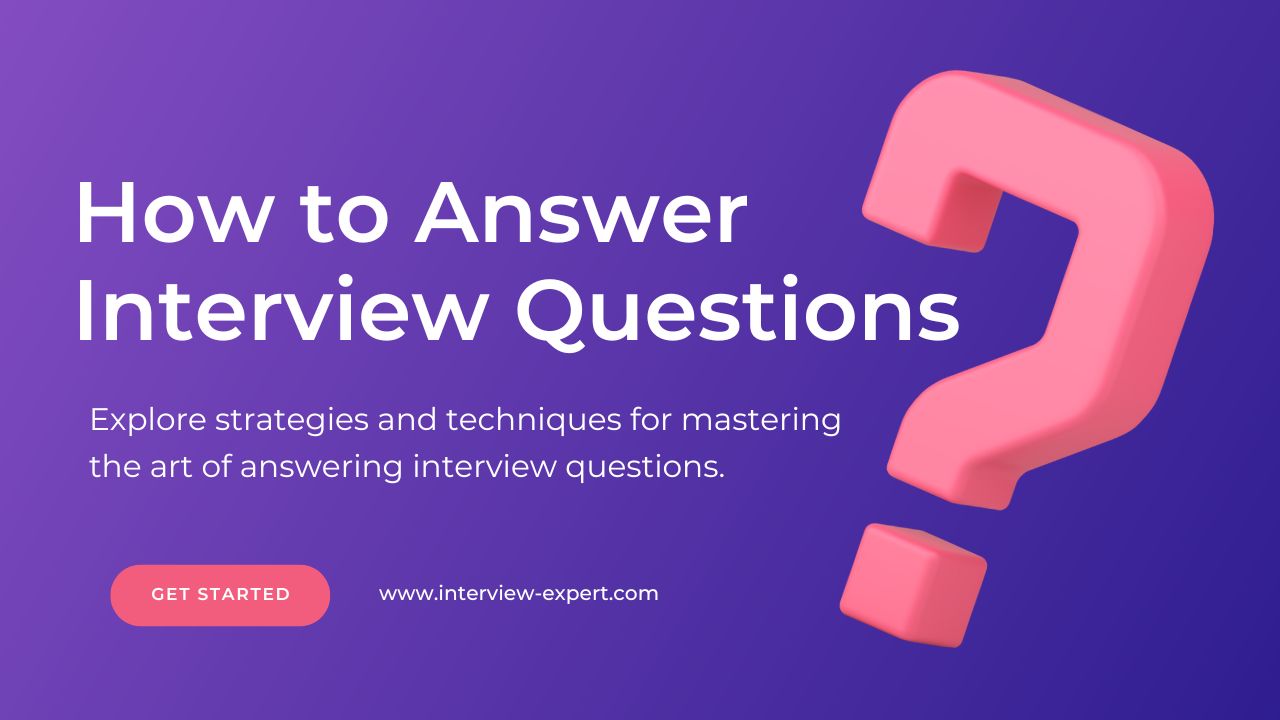
10 hours ago, admin
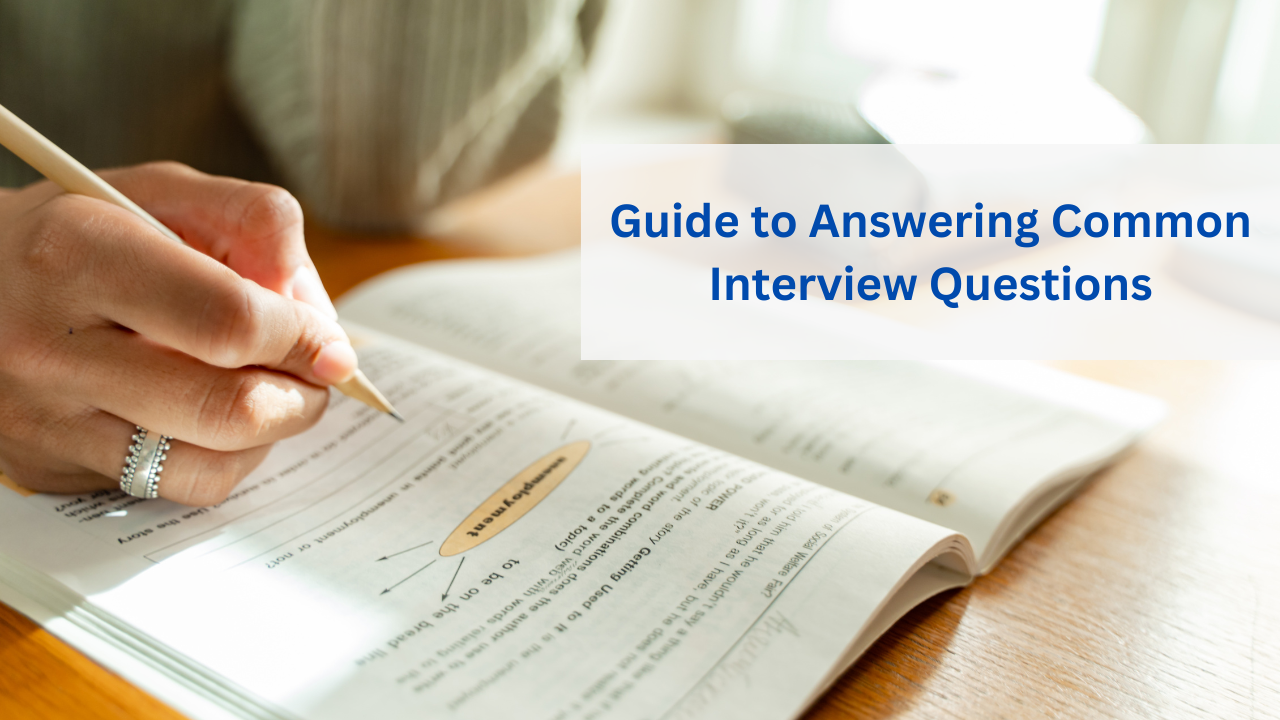
1 week ago, admin
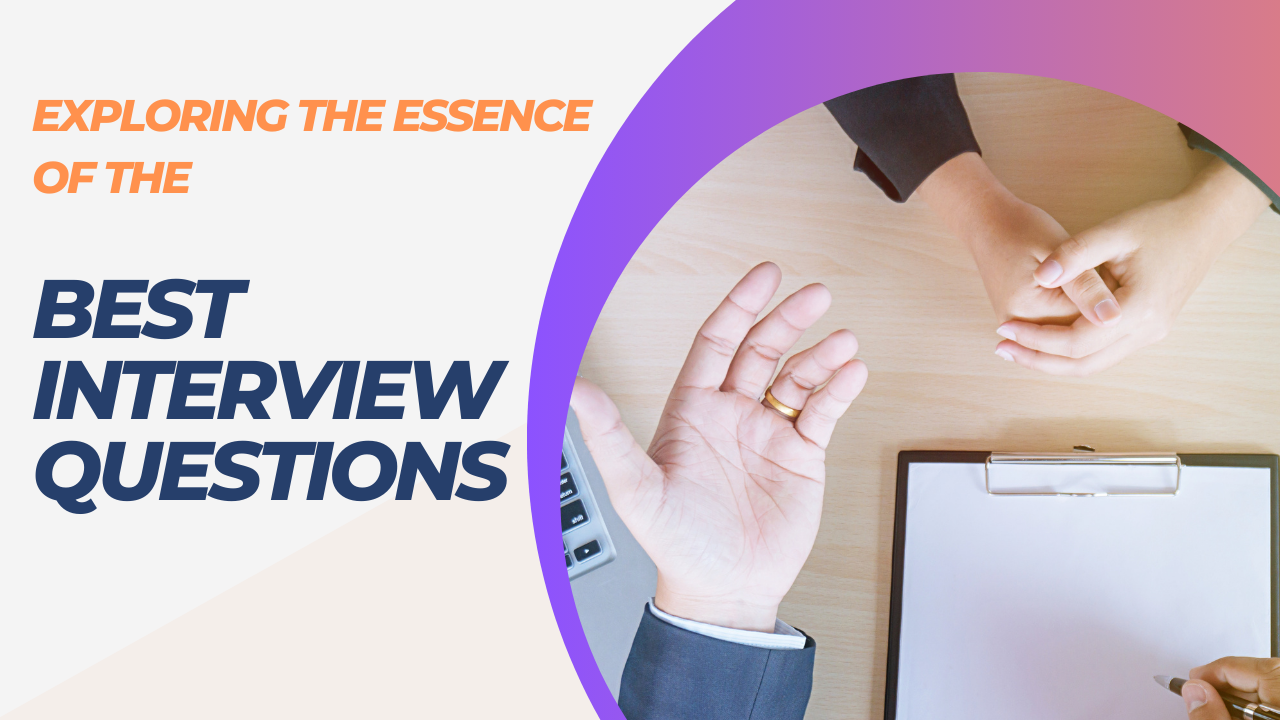
2 months ago, admin

10 hours ago, admin
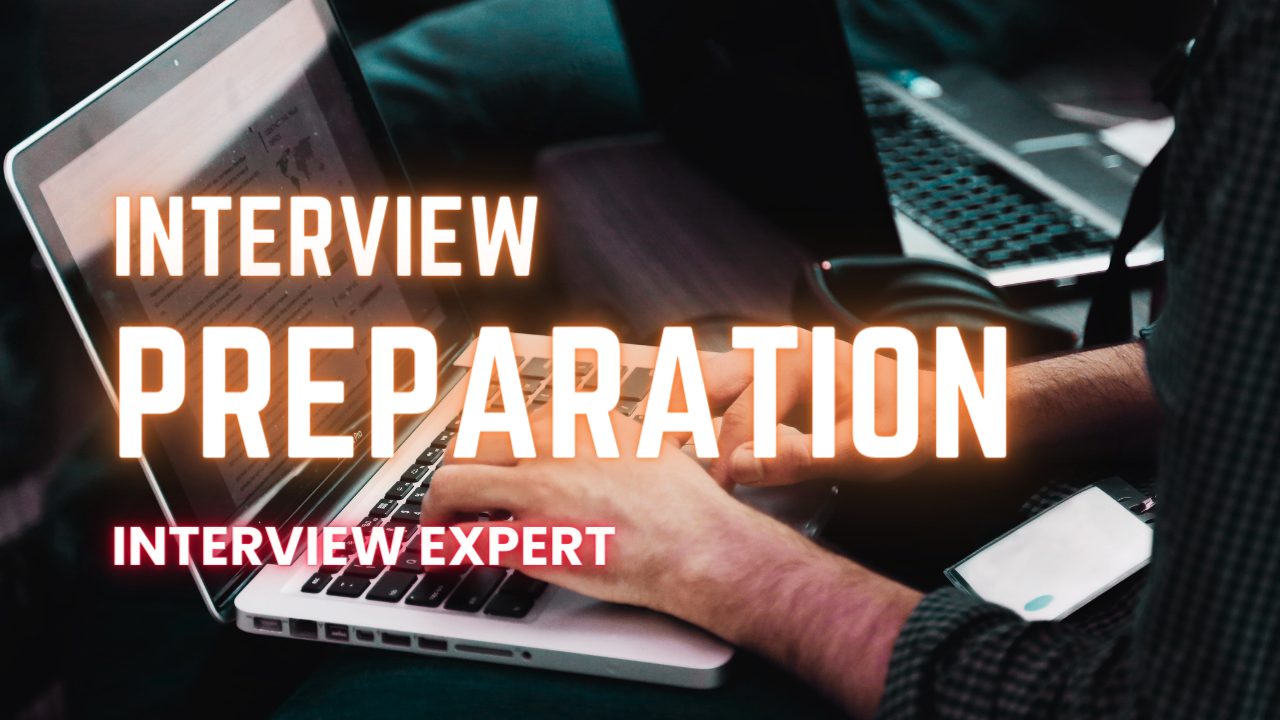
6 days ago, admin

1 week ago, admin
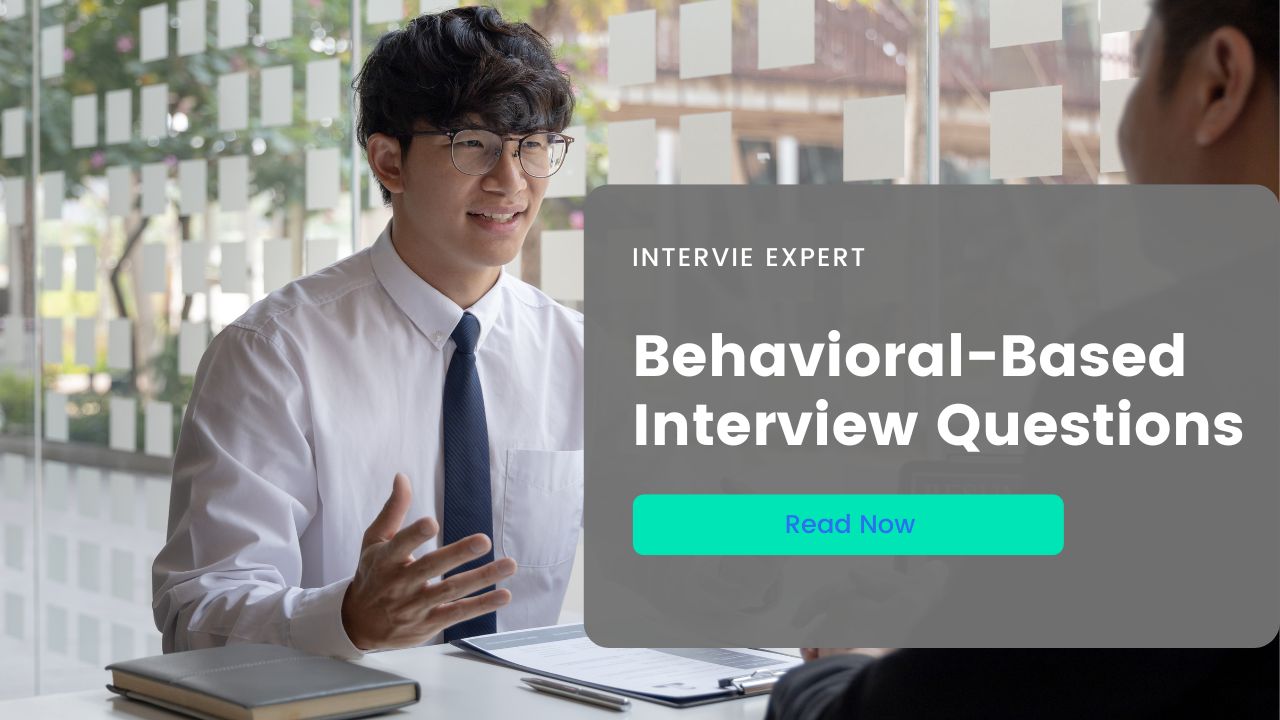
2 weeks ago, admin

2 weeks ago, admin